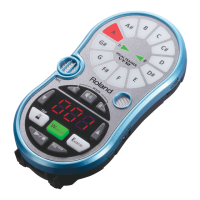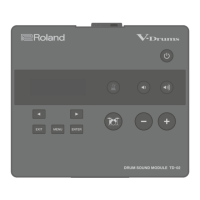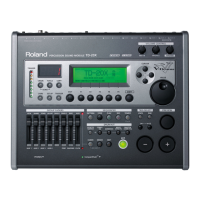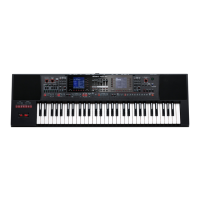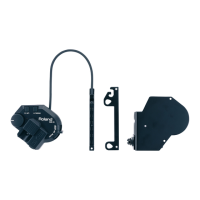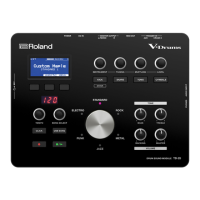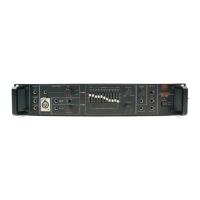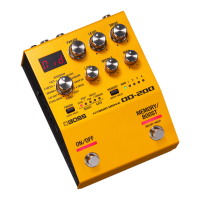14—Working with Track Channels
196 www.rolandus.com Roland VS-2480 Owner’s Manual
The Mechanics of Bouncing
For most of the things you do with tracks in the VS-2480, you can think of a track in the
hard disk recorder and its corresponding track channel as pretty much the same
thing—the track plays through its track channel, which provides the parameters that
determine how the track will play and sound.
In bouncing, however, it’s important to remember the difference between the two so
you remain clear about what you’re doing. When you bounce, here’s what happens:
• The hard disk recorder plays one or more tracks through their track channels. We’ll
call these the “source track channels.”
• You send the output of the source track channels to a new track, or pair of linked
tracks, on the hard disk recorder we’ll call the “destination track or linked tracks.”
• You monitor the destination track or linked tracks through their own track channels
during recording and playback—each of these is a “destination track channel.”
• You record the bounce onto the destination track or linked tracks.
Mono and Stereo Bouncing
You can bounce anything you’ve recorded, including single mono tracks or linked
tracks that contain stereo recordings. You can also bounce in mono or stereo:
•
To perform a mono bounce
—bounce to a single, unlinked track.
•
To perform a stereo bounce
—bounce to a pair of linked tracks (Page 152).
Think about your final mix to decide if you should bounce in mono or stereo:
• If you’re combining multiple single-track instruments that’ll be positioned in the
same place in the final stereo mix, bounce them in mono.
• If you’re bouncing stereo instruments that’ll be positioned together in the mix,
bounce in stereo to retain their stereo imaging.
• If you want the bounced tracks to be heard in different left/right locations in the
final mix, bounce in stereo and position them as desired in the bounce.
• If you’re bouncing a single-track instrument to add a mono effect, bounce in mono.
• If you’re bouncing one or more single-track instruments to add a stereo effect,
bounce in stereo.
• If you’re compiling bits and pieces of a mono performance, bounce in mono; if it’s a
stereo performance—of a pianist or a horn section, for example—bounce in stereo.
First Things First
In order to ensure success, perform the bounce in the following order:
1. If you want to perform a stereo bounce, link the pair of tracks you’ll be bouncing to.
2. Route the source track channels to the destination track or linked tracks.
3. Set up your monitoring so that you’re listening to the destination track channel(s).
4. Create a submix of the source track channels. If you want to add effects, route them
to the destination track or linked tracks (see Chapter 16).
5. Perform the bounce.
If your tracks are stereo but you bounce in mono, the stereo audio on the original tracks
is combined into mono during the bounce.
VS2480OMUS.book 196 ページ 2006年2月7日 火曜日 午後4時16分
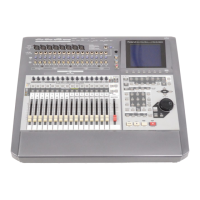
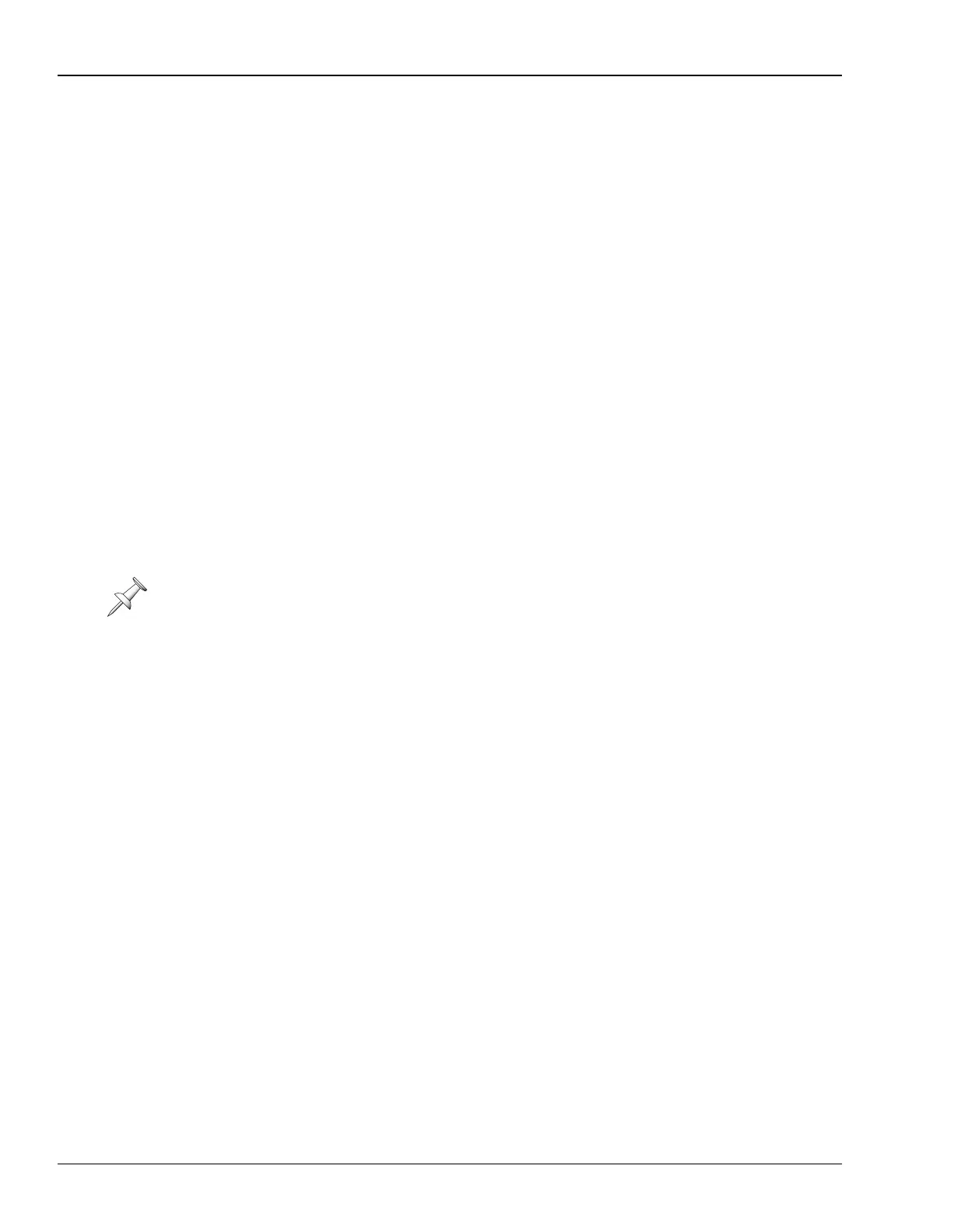